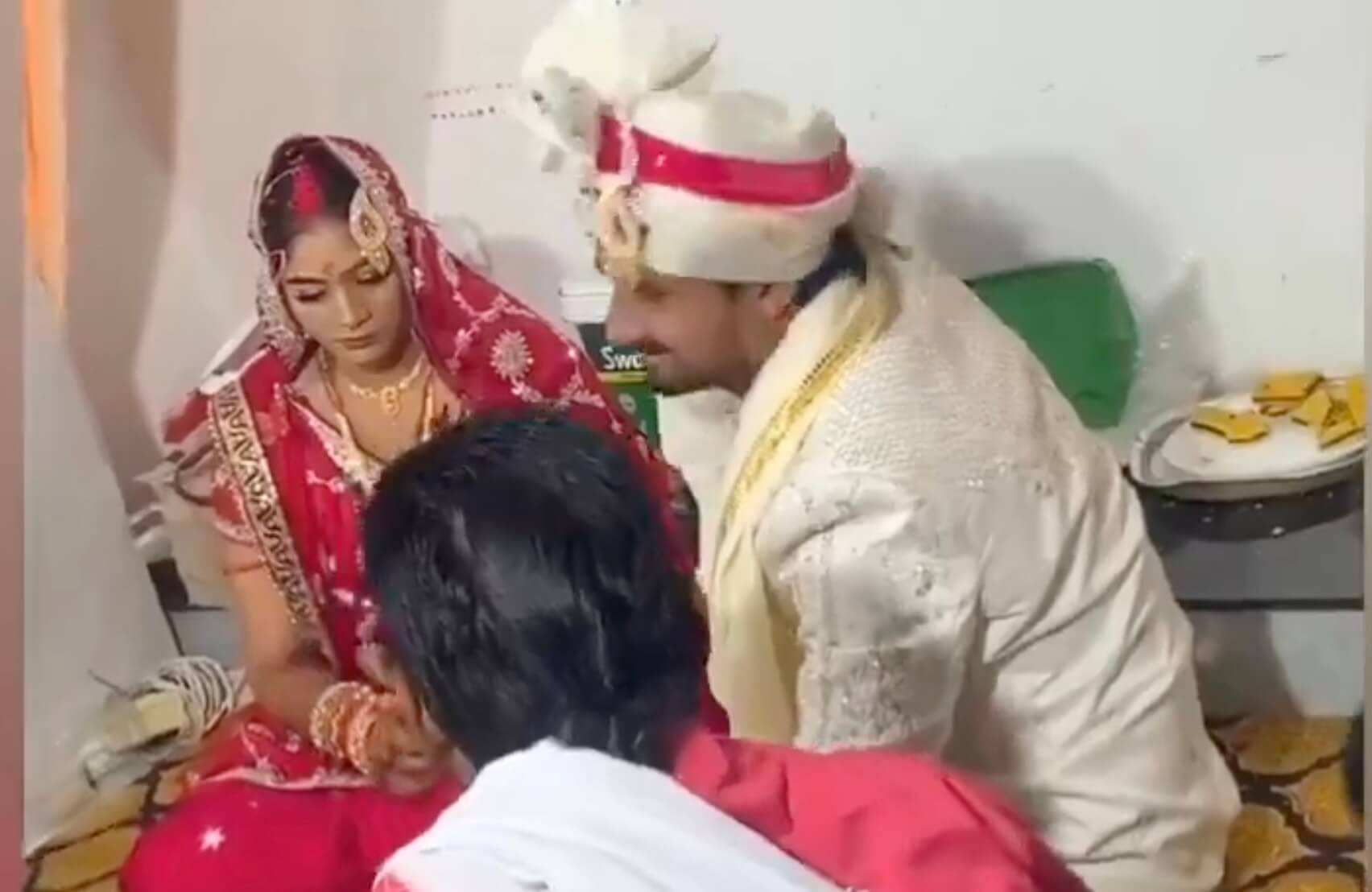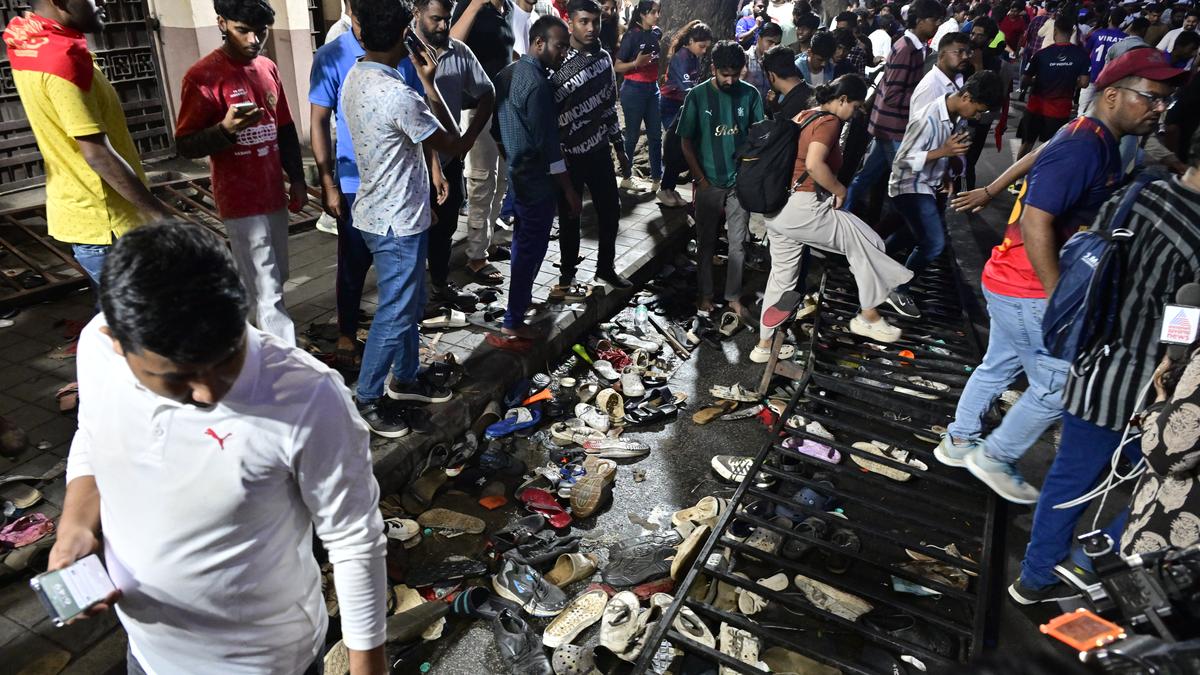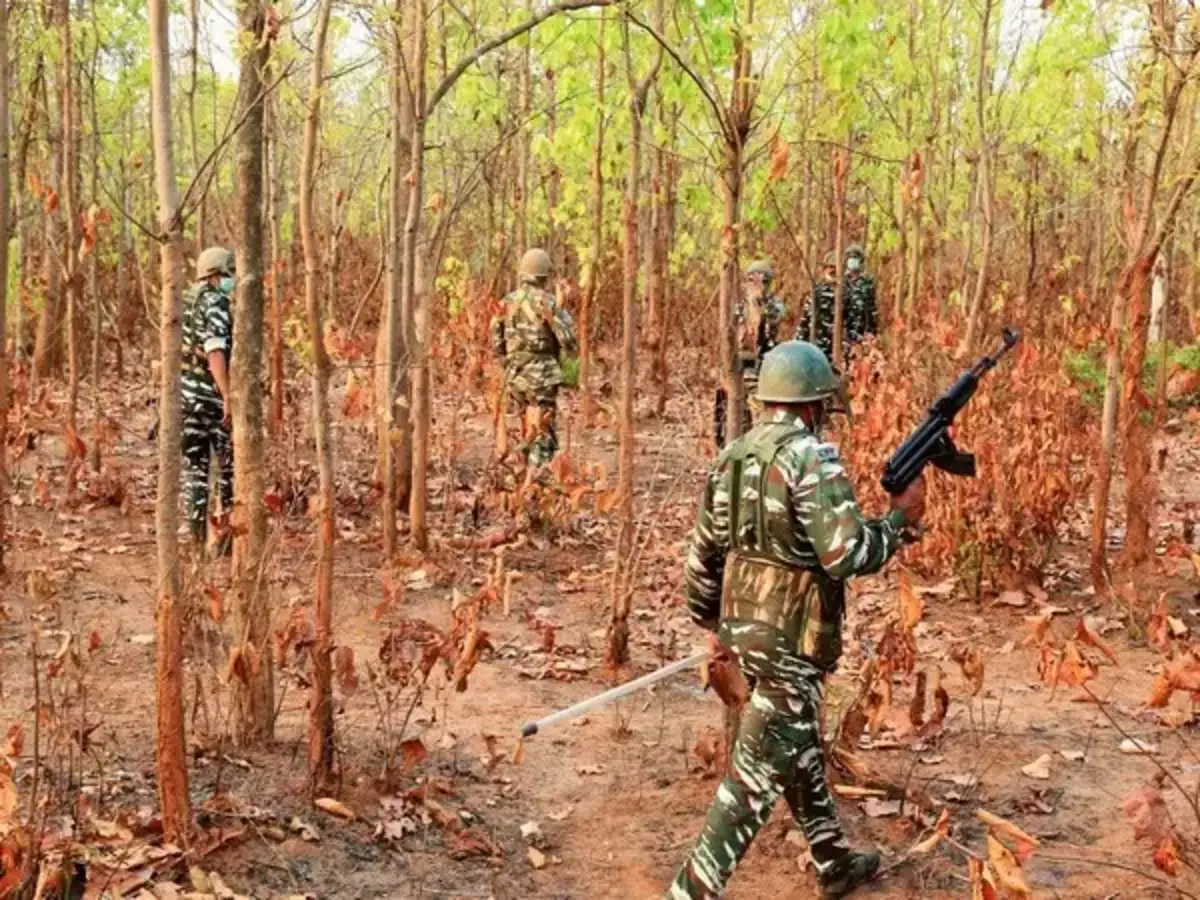A disturbing twist has surfaced in the case of Raja Raghuvanshi’s death during what was meant to be a joyful honeymoon in Meghalaya. A video from his wedding with Sonam Raghuvanshi has gone viral on social media, with many online users pointing out how visibly unhappy Sonam appeared during the ceremony. The footage has led to an uproar, with people questioning the nature of their marriage andwhether it had been forced. Some viewers went as far as blaming Sonam and her family directly for what later transpired, accusing them of coercion and linking it to Raja’s tragic fate.
Raja Raghuvanshi, a 29-year-old transporter from Indore, married 27-year-old Sonam on May 11 in a seemingly routine family event. Soon after, on May 20, the newlyweds travelled to Meghalaya for their honeymoon, checking into a guest house in Shillong. Everything seemed normal until May 22, when they embarked on a day trip to visit the famed living root bridges of Nongriat. They parked their rented scooter at Mawlakhiyat and began the arduous descent of over 3,000 steps without hiring a guide, a detail that would become important later.
On their return journey the next day, local resident Albert Pde claims he saw the couple in the company of three men speaking Hindi. This was the last known sighting of Raja. When the couple failed to return, suspicions grew. On May 24, their scooter was discovered abandoned near a café in Sohrarim. A local village head reported the vehicle to the police, and it was quickly traced back to Raja and Sonam, sparking a state-wide search operation that faced delays due to continuous rain.
As days passed without any contact, hopes began to fade. By May 25, police had confirmed the scooter was rented by the couple, and concern among family and friends deepened. Then came the devastating news. On June 2, Raja’s decomposed body was discovered near the popular Wei Sawdong Falls, roughly 20 kilometers from the last place he was seen. The body was not found alone—nearby, police recovered a dao (a traditional machete), a mobile phone, and a blood-stained raincoat. These grim findings confirmed that the case had turned from a missing person alert to a murder investigation.
On June 4, Raja’s body was returned to Indore. His funeral took place at his Sahakar Nagar residence, where not only relatives and friends, but also neighbors and strangers, gathered in mourning. Outside his home, a large banner demanding a CBI probe stood as a symbol of rising public anger. The message was loud and clear—people wanted answers and accountability.
Meanwhile, from June 3 to 7, police collected testimonies and combed through CCTV footage, focusing on May 22 and 23. Albert, the local who had seen the couple last, emerged as a critical witness. He revealed that he had initially offered to guide them but was turned down. His account of seeing Raja and Sonam with three unfamiliar Hindi-speaking men became a major lead in the case.
The turning point came on June 9 when Sonam surrendered to police in Ghazipur, Uttar Pradesh. Shortly after, three other suspects were arrested in coordinated operations across multiple states. According to police, the investigation has now revealed that Raja’s murder was premeditated and executed with the involvement of these men at Sonam’s direction. Her surrender and the subsequent arrests indicate a calculated plan that now threatens to unravel even more secrets from the short-lived marriage.
The case has sent shockwaves across social media and news outlets. What began as a romantic getaway has turned into a cold-blooded crime. Questions are being raised not just about the motive, but about the nature of the relationship itself. With the wedding video continuing to circulate and gain traction online, the public’s focus remains not just on finding justice for Raja, but also on understanding how such a tragedy unfolded under the guise of a new beginning. As the investigation continues, the case serves as a grim reminder of how appearances can be deceiving—and how some stories of love and marriage can carry far darker truths beneath the surface.




